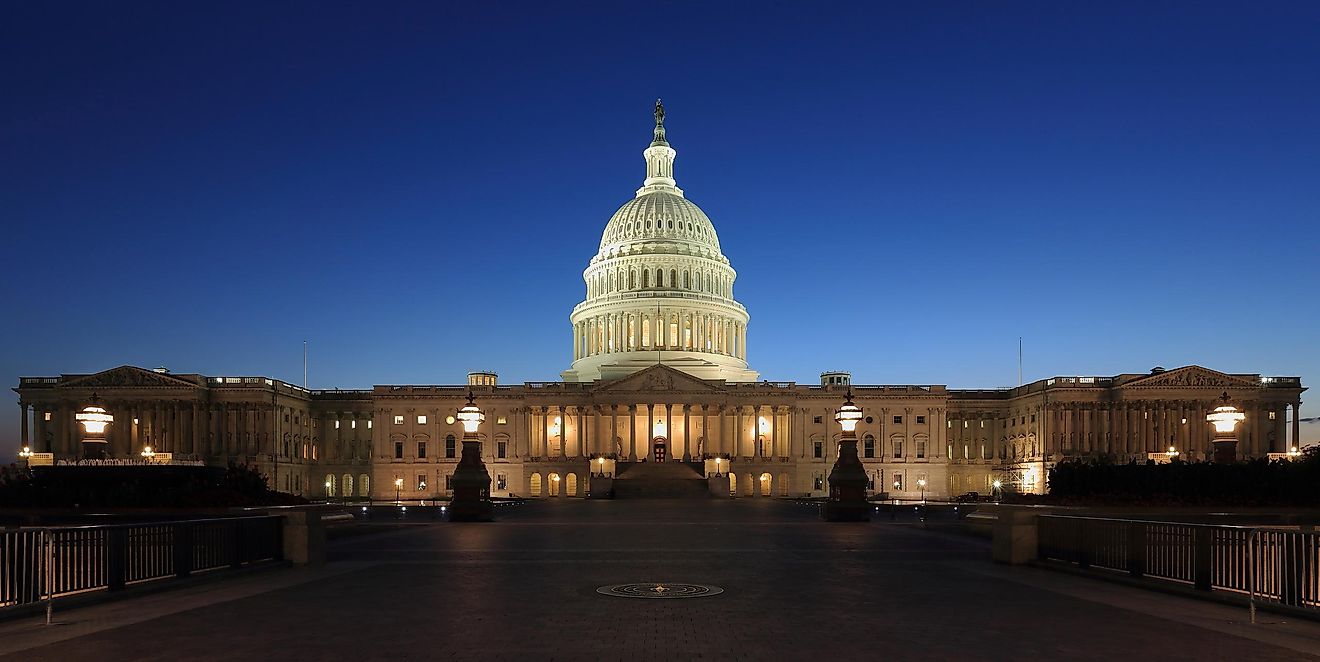Why Is There A House And A Senate?

- Congress consists of two chambers; House of Representatives and Senate
- Congress was was created for balance and checks and to ensure fair representations
- The roles, powers, and functions of the Congress are highlighted in Article one
- Congress was established in 1789
The legislative branch of the United States consists of two bodies; the Senate and the House, collectively known as the United States Congress. The Senate is often referred to as the upper house while the House of Representatives is the lower house. Both houses meet at the Capitol Hill in Washington DC. Congress has a total of 535 voting members, including 100 senators and 435 representatives. In addition to the 435 voting members, the House has six additional non-voting members representing the territories of the US. Each state is represented by two senators who are elected to a six-year term. The current Senate is controlled by Republicans while the House is controlled by Democrats.
Why Two Houses and Not One?
According to Article 1 of the Constitution of the United States, all the legislative powers are vested in Congress which consists of the Senate and the House of Representatives. Both houses are equal partners in the legislative process. No legislation cannot be enacted without passing through the two chambers. However, there are special constitutional duties that are only carried out by one chamber without the approval of the other. According to the framers of the constitution, the bicameral Congress was to protect against abuse of power and to balance the interest of both large and small states.
Congress Formation
During the formative years of the US (just after the independence), both federalists and anti-federalists competed for political powers through the political parties. The jostling for power by the political class came as a surprise to the nation’s founding fathers. In 1781, a unicameral body known as Congress of Federation was created which guaranteed equal representation among states. However, the Constitutional Convention of 1787 proposed a bicameral Congress instead of unicameral one. While smaller states supported equal representation, larger states supported representation by population. To resolve the standoff between the small and large states, the Connecticut Compromise whereby representation would be by population (to benefit larger states) and two Senators from each state would be chosen by state governments (for the benefit of smaller states. Accordingly, every state has an equal voice in the Senate. The new Congress was opened on March 4, 1789.
Election to Congress
The structure and most functions of Congress are outlined in Article one of the Constitution. The article also outlines the qualification for election to both houses. Representatives are elected to a two-year term while Senators are elected to a six-year term with senatorial elections held every two years to ensure that a portion of the Senate is up for election. For one to be elected to the House, they must be at least 25 years old and have been citizens for at least seven years. Senators must be 30 years old and above and must have been citizens for nine years. Additionally, Senators must be inhabitants of the states they represent. Why the age difference? According to the framers of the constitution, Senators are supposed to be more experienced and less influenced by popular opinion. The smaller number (100) was meant to enable them to have sufficient time to debate and carefully consider issues.
Role of the Congress
Although both the House and Senate share legislative roles, some functions are specific to each house. Generally, Congress has authority over the country’s budgetary and financial policies. They have the powers to determine taxes, imposts, duties, and excises as well as make provisions for the common defense, debt, and general welfare of the country. All the financial bills originate from the House and approved by the Senate. Congress has the exclusive power to declare war as well as come up with rules for the military. Another important role of Congress is investigating and overseeing the executive arm. In this regard, the power to impeach is vested in the House while the Senate has the power to try the impeachment. Approval of treaties and some executive appointments can only be done by the Senate.











